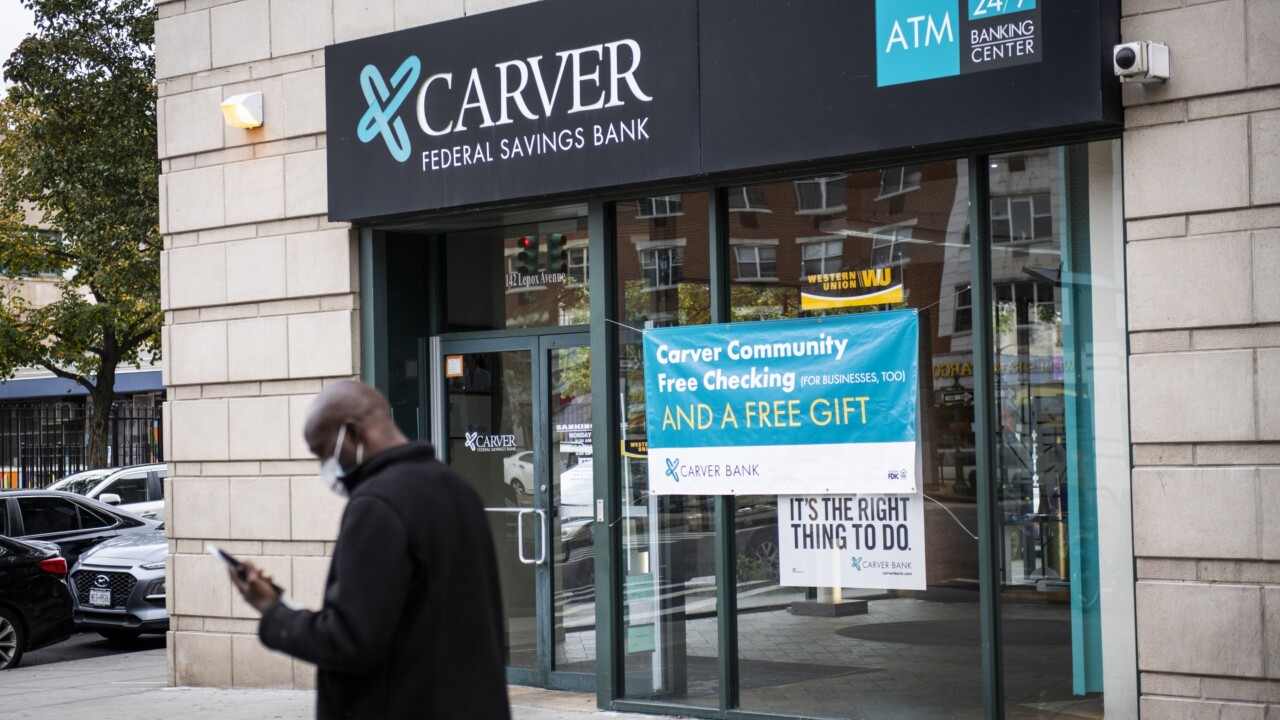Eight years ago, I read an op-ed by Marc Andreessen titled "
Further, Andreessen wrote, “many more industries to be disrupted by software” because of the wide adoption of broadband, mobile and cloud computing technology.
I knew back then that software would eat payments. With the slow-moving payments industry, it was more a question of “when” rather than “if” payments and software would eventually coalesce.

Today it’s clear that payments will indeed be the next industry that software consumes. With so much upside from card payments, it just makes sense that software companies would want to keep the revenue (and improved market valuation) for themselves rather than hand it off to a third-party bank or processor.
Traditionally, payment industry rules prohibited non-payment companies from earning their share of the pie. These barriers helped payment companies profit from the rise of software companies, but still maintain control over the payment experience and transaction-related profits.
In the past decade, payments companies effectively turned software companies into a very profitable sales channel by popularizing integrated payment solutions that allowed businesses to automate payments and accept credit cards directly within their application using innovative APIs and other integration capabilities. Giant acquisitions like Vantiv’s $1.65B purchase of Mercury Payment Systems propelled other payments providers to follow suit. With software companies as the sales channel, the payments industry created billions of dollars in revenue.
Now the tables are turning. Software companies are taking center stage by owning rather than outsourcing their payments business. Andreessen’s article appeared one month after Mastercard and Visa announced their vision to turn software companies into payments companies through the creation of the payment facilitator model.The PF model set in place the rules and practices that help software companies further capitalize on the megatrend outlined by Andreessen.
The PF model has paid off for early adopters and has incentivized other software companies to follow. When pioneering PF customers like Stripe began to emerge, we received a call from Shopify, which wanted to monetize its payments operation. At the time, Shopify was a private company which had completed its Series B financing and was serving 20,000 stores, but had very little, if any, payments revenue. Today the majority of Shopify’s multibillion- dollar annual revenue comes from its payments business.
In those days there were significant obstacles that dissuaded all but the most bleeding-edge software companies from becoming a PF, but now those barriers are crumbling. In 2011, there were only a few banks and processors that could support payment facilitators. Today the majority support it. Back then, a PF had to spend a year or more building the required technology stack. Today, there are software platforms and API stacks that take all the heavy lifting out of the equation. Eight years ago, a software company struggled to find the needle-in-a-haystack ops employee with the requisite payments knowledge. Today, there are services organizations that “teach them how to fish.”
As the payment facilitator model matures, hundreds of thousands fintech and software as a service (SaaS) companies worldwide are realizing they can provide a better customer experience and increase revenues and valuation by becoming a payment facilitator.
We’re seeing companies spanning every imaginable software vertical take over their payments business. Companies like Mindbody in wellness, Toast in restaurants, Instamed and Phreesia in health care, and countless others are delivering better results to their investors by becoming a PF. Naturally, more investors are pushing their portfolio companies toward this gold mine every day, because it’s a proven way to achieve the results their boards are demanding.
Andreessen pointed out that the ingredients were in place for a huge boom in software, and he was right. The explosion in SaaS is undeniable with hyper growth in worldwide revenues across all segments since the publishing of his article. According to Synergy Research, the enterprise SaaS market helps software vendors to generate $20 billion quarterly revenue. This number is further growing by 32% each year. Looking forward, we’re poised for the same type of growth trajectory due to the evolution of payments.
As software eats the world, payments will also be devoured across all verticals. There are at least 250,000 software companies around the world that have the potential to become electronic payments companies. We expect a large percentage will do that, especially as it gets easier to do so. As PFs enter into developing countries, they bring new opportunities for economic expansion. It’s a win for the payment facilitator, the customer, end users and the economy. That makes it an opportunity that is impossible to resist.
In the next eight years payments volume is expected to grow by over $55 trillion and the vast majority of the growth will be controlled by software companies, so ready yourself to either profit from or stand by and watch as software eats the payments world.





